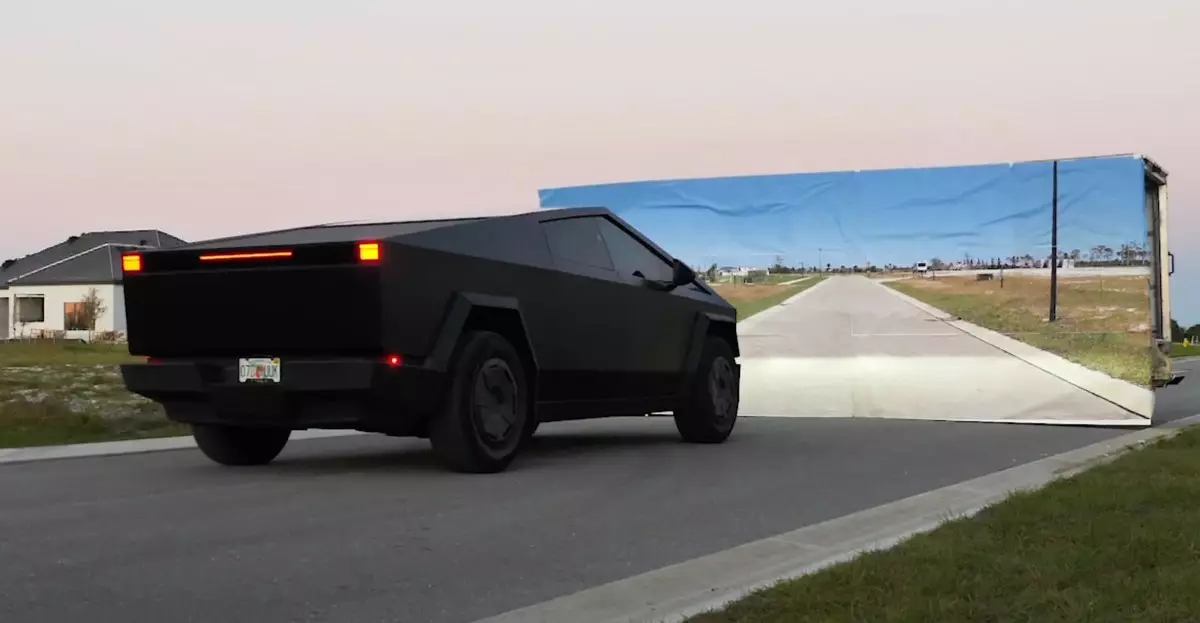The ongoing conversation surrounding Tesla’s Full Self-Driving (FSD) technology never ceases to intrigue the automotive and tech communities alike. Recently, a series of tests conducted by popular YouTuber Mark Rober set the scene for a deeper exploration of Tesla’s capabilities. The premise of these tests—putting Tesla vehicles against a faux wall, reminiscent of classic cartoons—opened up questions about the efficacy of FSD in handling unexpected obstacles. This playful experiment exposes a serious concern: how well can an autonomous vehicle navigate the complexity of real-world scenarios?
Analysis of the Wall Test
In Mark Rober’s original video, Tesla’s FSD system was challenged with a wall dressed to look like a seamless road. The video aimed to verify if the AI could recognize the obstruction and stop in time. The results, however, left viewers questioning the technology’s reliability as the vehicle proceeded to slam into the wall without a hitch. This episode became a springboard for further investigation, sparking curiosity about the limitations inherent in Tesla’s autonomous features.
YouTuber Kyle Paul followed up with his analysis using two different Tesla models equipped with distinct versions of FSD software. The performance of the Model Y was less than stellar; the vehicle’s system failed to respond to the visual cue, requiring manual intervention to avert disaster. This outcome revealed a critical gap in the AI’s learning and prediction capabilities, suggesting that despite advancements, Teslas may still struggle with basic object recognition.
Cybertruck’s Standout Moment
Interestingly, the test of the Cybertruck—a vehicle cloaked in hype and anticipation—yielded a more positive result. The truck, equipped with the latest iterations of Tesla’s software, surprisingly detected the faux wall and slowed down effectively. This contrast between the two vehicles is illuminating; it raises questions about the efficacy of software updates and the varying capabilities across models. Could the advancements in the Cybertruck signify a step forward in overcoming the limitations of earlier versions or are they merely an anomaly in an inconsistent system?
The Bigger Picture
The results from these entertaining yet revealing tests should provoke serious discussions regarding the future of autonomous vehicles. Tesla has positioned itself as a leader in the electric vehicle space, claiming innovation and cutting-edge technology as its hallmarks. However, as these tests indicate, the challenges facing FSD technology are monumental. Questions of safety, reliability, and technological maturity cannot be overlooked.
While these tests may appear as mere curiosities to some, they underpin a significant factor: the journey toward fully realizing autonomous driving is fraught with obstacles, both technical and cognitive. As AI continues to evolve, stakeholders in the automotive industry and consumers alike must hold manufacturers accountable for their claims and the real-world performance of their technologies. The balance between ambition and accuracy will ultimately dictate the road ahead for Tesla and the entire autonomous driving narrative.

